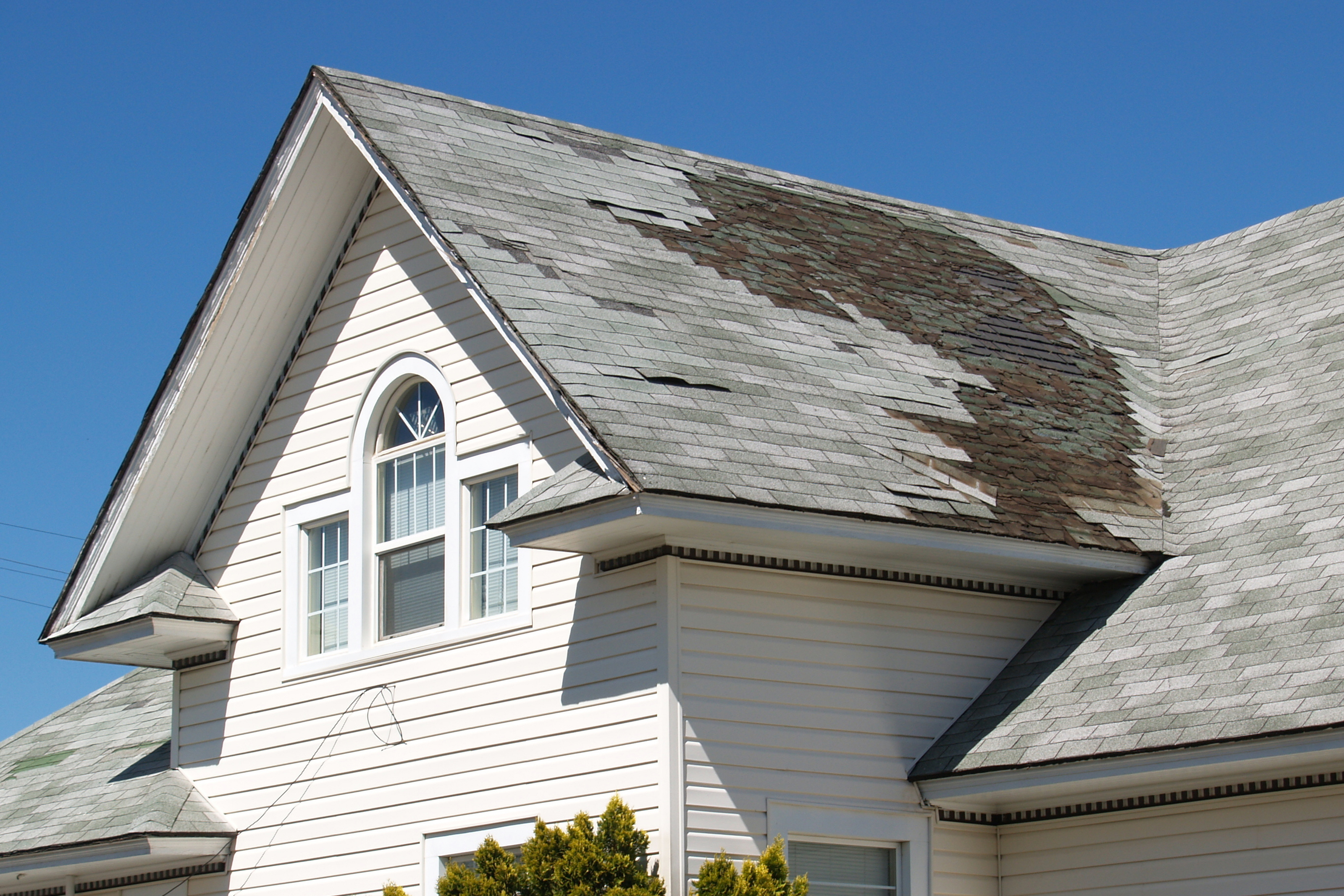Comprehending the Various Kinds of Roof Coverings: A Comprehensive Guide for Homeowners
With a range of alternatives-- ranging from the typical gable to the modern flat-- each type presents special advantages and obstacles that must straighten with the homeowner's environmental considerations and details requirements. As we discover the details of different roofing system kinds, it ends up being apparent that one dimension does not fit all; the appropriate choice might stun you.
Gable Roofing Systems
Saddleback roofs, characterized by their triangular form, are amongst the most prominent roof styles due to their simpleness and effectiveness in dropping water and snow. This layout includes 2 sloping sides that fulfill at a ridge, permitting reliable drainage and lessening the risk of water build-up. The high pitch typically connected with gable roofing systems improves their capacity to handle heavy rainfall, making them suitable for numerous climates.
In enhancement to their sensible benefits, saddleback roofs use aesthetic convenience. They can be adjusted to various architectural styles, from standard to modern homes. The design can likewise fit added features such as dormer windows, which improve natural light and ventilation in the attic room room.
Furthermore, saddleback roofs offer enough room for insulation, adding to energy efficiency. Property owners can select from a variety of roofing products, consisting of asphalt shingles, steel, and ceramic tiles, better boosting personalization options.
Despite their benefits, gable roof coverings may call for extra assistance in areas prone to high winds or hefty snowfall. Overall, the saddleback roof stays a preferred choice because of its mix of capability, durability, and visual appeal.
Apartment Roofs
Flat roofs are typically identified for their minimal layout and useful applications, specifically in commercial and business setups (oahu roofing). These roofings include a horizontal or nearly horizontal surface area, which permits very easy building and construction and versatile area application. While they might do not have the aesthetic allure of pitched roofings, flat roof coverings use many advantages, specifically in urban environments where optimizing space is important
Among the primary benefits of flat roof coverings is their access. Property owners can make use of the roofing area for various functions, such as rooftop yards, terraces, or photovoltaic panel setups. In addition, flat roofing systems are usually much more cost-effective to install and preserve compared to their sloped equivalents, as they require less products and labor.
Nonetheless, flat roofs do existing specific challenges. Correct drainage is important to stop water merging, which can result in leaks and structural damages. Therefore, selecting top notch waterproofing materials and regular examinations are critical for making sure durability. Common products made use of for level roofs include built-up roofing (BUR), customized asphalt, and single-ply membrane layers, each offering distinct benefits. Generally, level roofing systems act as a adaptable and useful selection for numerous house owners and services alike.
Hip Roofings
Hip roofings are defined by their sloped sides that assemble at the top, developing a ridge. This layout is distinctive from gable roofs, as all 4 sides of a hip roofing system incline downwards toward the walls, supplying a much more secure structure. The angle of the slopes can vary, permitting versatility in architectural appearances and performance.
Among the main benefits of hip roofings is their capacity to stand up to hefty winds and damaging climate condition. The sloped surface areas make it possible for better water drain, lowering the risk of leaks and water damages. In addition, hip roofings use enhanced attic space, which can be used for storage space and even converted into livable areas.
Nonetheless, building a hip roof can be more intricate and costly than simpler roof kinds, such as saddleback roofs. The extra product and labor included in producing the slopes and ensuring correct architectural stability can result in higher costs. Despite these disadvantages, several house owners prefer hip roof coverings for their resilience, visual charm, and capacity for power performance.
Mansard Roofing Systems
Mansard roofing systems, typically recognized by their one-of-a-kind four-sided layout, attribute 2 inclines on each side, with the reduced slope being steeper than the top. This building style, originating from France in the 17th century, is not only visually attractive yet practical, as it makes best use of the functional area in the upper floors of a structure. The high reduced incline permits more clearance, making it an excellent selection for lofts or attics, which can be converted into living areas.
Mansard roofs are identified by their adaptability, fitting different building styles, from typical to contemporary. They can be created with various materials, including asphalt shingles, slate, or metal, supplying homeowners with a variety of options to suit their budget plans and choices. Furthermore, the style permits the integration of dormer windows, boosting natural light and ventilation in the upper degrees.
Nonetheless, it is crucial to take into consideration the possible downsides. Mansard roofings may Discover More need more maintenance as a result of the intricacy of their style, and their steep slopes can be testing for snow and rainfall overflow. In click this general, mansard roofs incorporate style with practicality, making them a preferred option amongst house owners looking for distinctive building functions.
Dropped Roofing Systems
As house owners progressively look for simpleness and functionality in their building styles, shed roof coverings have become a prominent choice. Identified by a solitary sloping plane, a shed roofing presents a minimal visual that matches numerous home designs, from modern to rustic.
Among the primary advantages of a shed roof covering is its straightforward construction, which often equates to decrease labor and product costs. This style permits for reliable water drainage, minimizing the threat of leakages and water damage. Additionally, the upright slope gives ample space for skylights, improving all-natural light within the inside.
Shed roofing systems likewise supply adaptability in regards to use. They can be efficiently integrated right into additions, garages, or outside structures like sheds and pavilions. Moreover, this roof design can accommodate different roof materials, including steel, asphalt tiles, or even green roofing systems, lining up with green campaigns.
However, it is necessary to think about local climate conditions, as heavy snow tons may necessitate adjustments to the roof's angle or framework. Overall, shed roofs present a practical and cosmetically pleasing alternative for homeowners looking to take full advantage of performance without endangering style.
Verdict


Gable roofing systems, identified by their triangular form, are among the most prominent roof covering styles due to their simplicity and efficiency in losing water and snow. oahu roofing. The steep pitch generally linked with gable roofings boosts their ability to handle hefty rainfall, making them ideal for numerous climates
While they may lack the check these guys out visual allure of pitched roofs, flat roofings use many advantages, specifically in city settings where maximizing area is vital.

 Heath Ledger Then & Now!
Heath Ledger Then & Now! Jeremy Miller Then & Now!
Jeremy Miller Then & Now! Lynda Carter Then & Now!
Lynda Carter Then & Now! Bo Derek Then & Now!
Bo Derek Then & Now! Katey Sagal Then & Now!
Katey Sagal Then & Now!